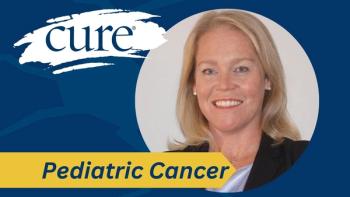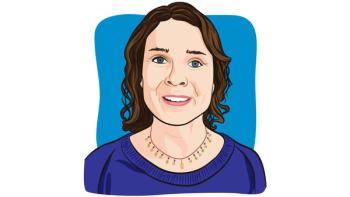
On the Web: Shared Decision-Making
Shared decision-making is a collaborative process for building relationships between patients and providers.
Shared decision making is a collaborative process for building relationships between patients and providers, using both scientific evidence and the patient’s values and preferences to make decisions about care. While by no means a new idea, it has had some difficulty gaining traction. A recent editorial in the New England Journal of Medicine noted that “A sleeper provision of the Affordable Care Act (ACA) encourages greater use of shared decision making in healthcare.”
Among the benefits of shared decision making:
• The process itself involves a dialogue with your provider, giving you the opportunity to ask questions. You can ask about your prognosis—if you want to know.
• It will help you get accurate information and ensure that you know the risks and benefits of treatment options. This is especially helpful if there is more than one approach, without one that is clearly superior.
• It will allow you to share your values with your provider. You might want the most aggressive treatment possible, or your quality of life during treatment may be more important to you. This decision should be yours, not your doctor’s.
• In the long run, it will reduce the cost of healthcare. Studies have shown that some people choose more conservative and therefore less-expensive options, and that the overall savings could be substantial.
To help guide the conversation, researchers have developed what are called “patient decision aids.” Created with patient input, they are well-validated and exist for cardiovascular disease, osteoporosis, diabetes, statin use and prostate cancer, among other conditions. Although fewer have been developed for other cancers, decision support interventions such as question prompt lists and recording of conversations have been found similarly effective. A useful tool is available from the Agency for Healthcare Research and Quality (




